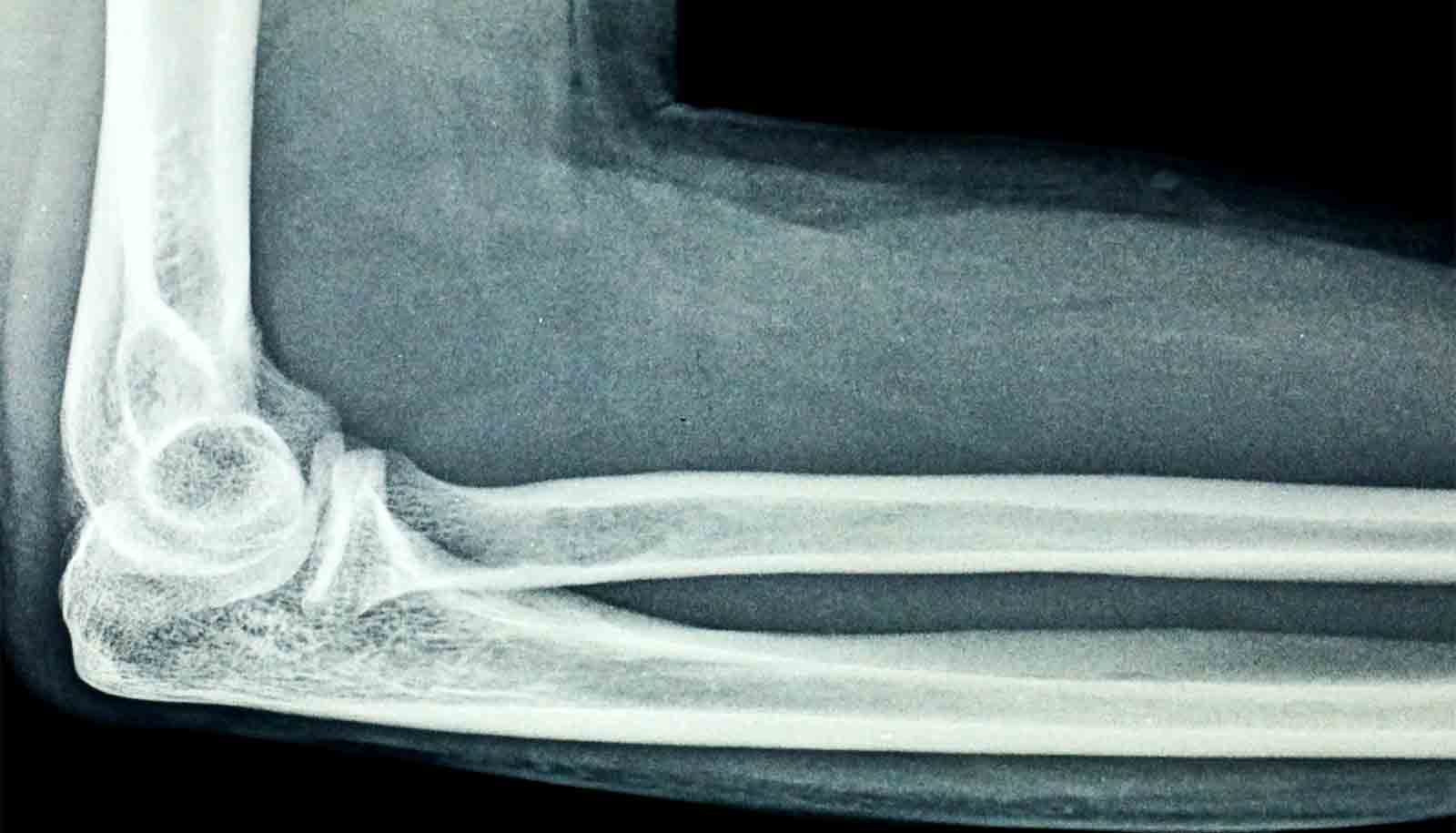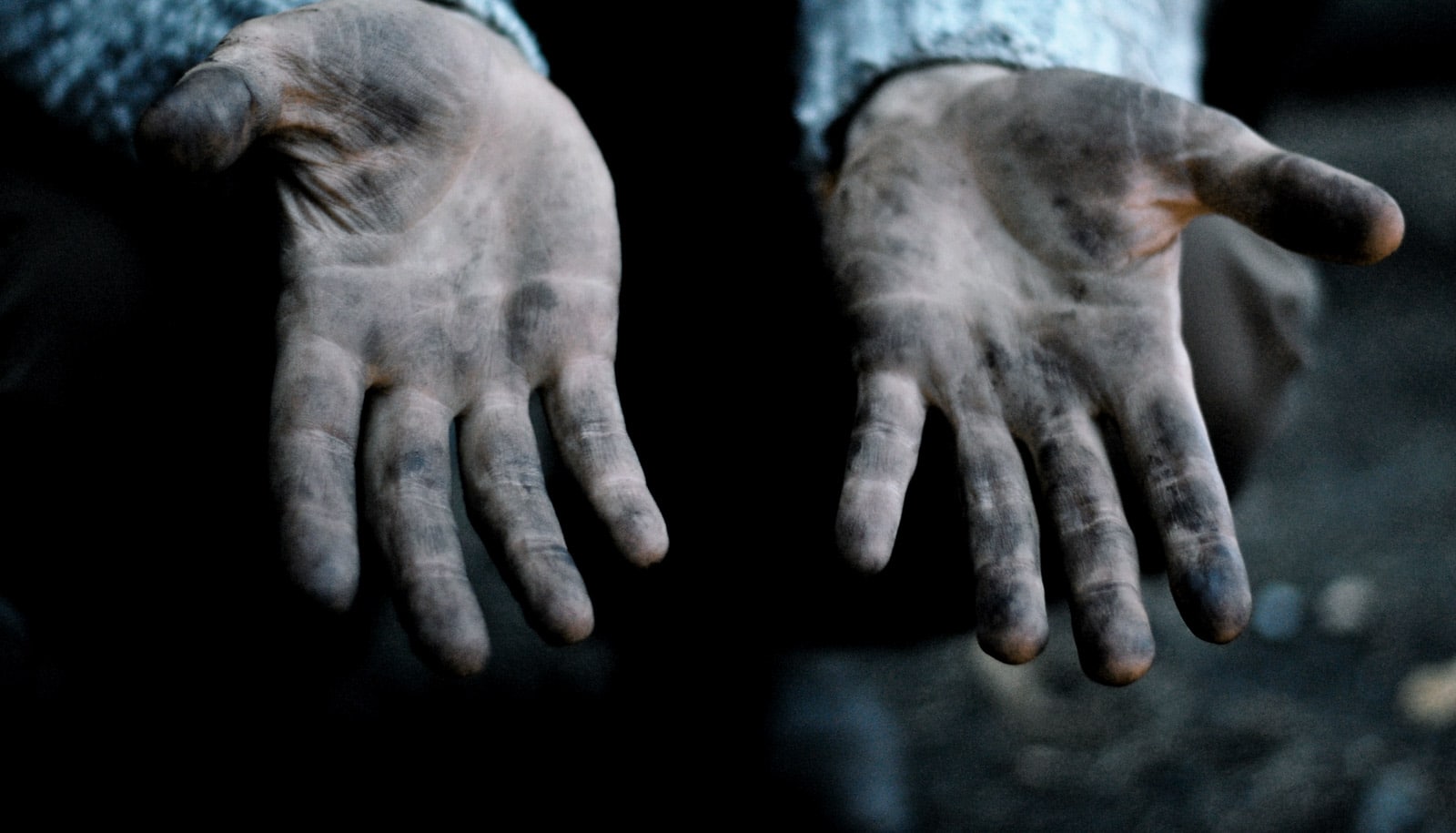An elbow can help determine the sex of a skeleton, according to a new study.
In an effort to help identify skeletal remains of Thai descent, researchers found that examining the distal humerus (elbow) is superior to previous techniques developed for identifying sex in a non-Asian population.
Forensic anthropologists estimate the biological profile (sex, ancestry, age, and stature of skeletonized remains) for the purpose of identification. Sex is one of the most important components of the biological profile as it can narrow the pool of missing persons significantly in certain forensic contexts. Researchers typically use the morphology (shape) of the pelvis or skull and long bone measurements to determine sex.
“However, many of the areas on the skeleton that are used for sex estimation may be missing or damaged due to trauma, poor preservation, animal scavenging, and nature of the incident (explosive),” says Sean Tallman, assistant professor of anatomy and neurobiology at Boston University. “Therefore, it is important to examine other areas of the skeleton that preserve well and are potentially sexually dimorphic (show differences between females and males).”
Researchers examined more than 600 (female 198; male 418) skeletons from a modern, documented collection in Khon Kaen, Thailand, applying sex estimation methods using the distal humerus previously developed on non-Asian individuals.
“We found that the shape of the distal humerus differs between females and males in modern Thai individuals,” Tallman says. “However, when methods that were developed on non-Asian populations were applied to the Thai skeletons, the methods performed poorly, indicating that there are population differences in the degree of sexual dimorphism in the humerus.”
Accurate biological profile methods need to be established and tested on modern skeletal collections that are genetically linked with the skeletons being studied, researchers say. However, the majority of methods presently being used were created on and tailored to populations in North America using late 19th and early 20th centuries and modern documented skeletal collections.
“It is important to develop biological profile methods that can help identify individuals from this often neglected region of the world that is susceptible to mass disaster from weather, earthquakes, tsunamis as well as civil unrest,” Tallman says.
The study appears in the Journal of Forensic Sciences. The National Science Foundation, the National Institute of Justice, and the Program in Forensic Anthropology at the Boston University School of Medicine funded the work.
Source: Boston University


